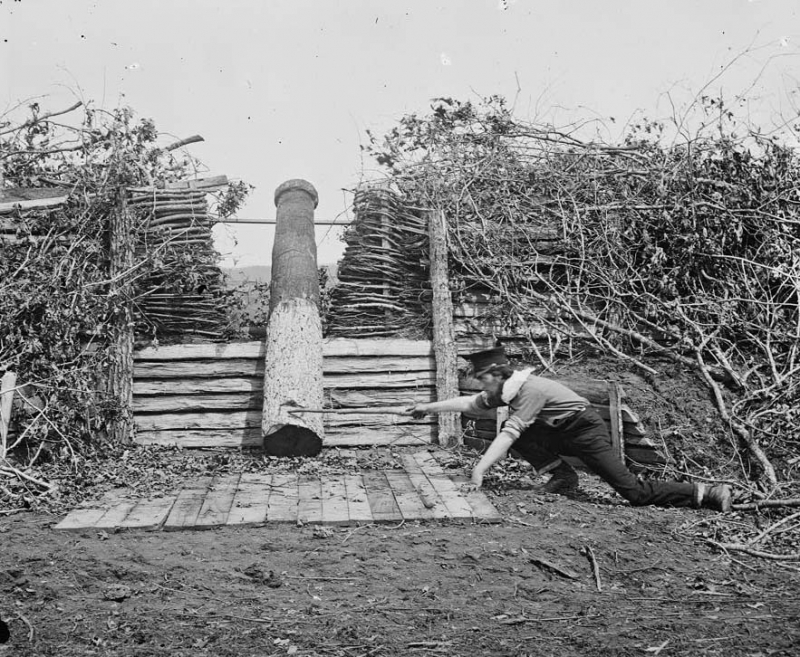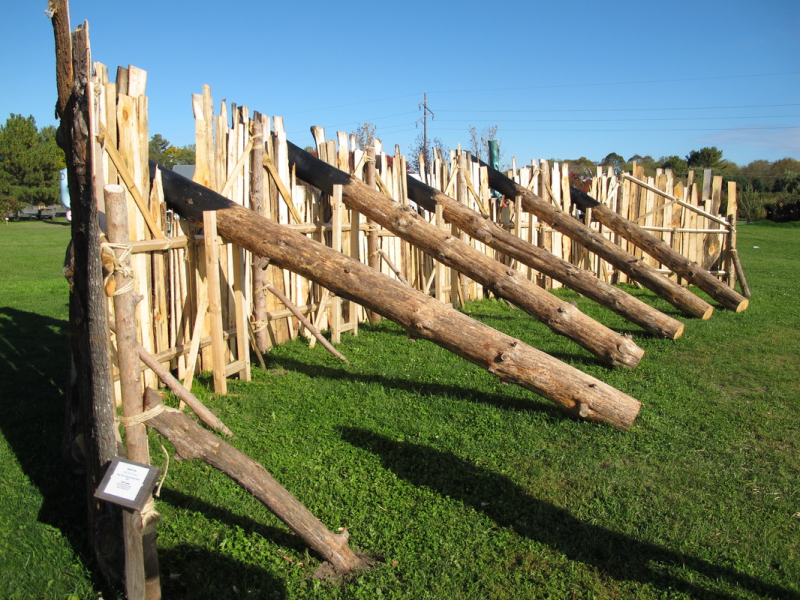Quaker Guns
In battle throughout the 18th and 19th centuries, a Quaker gun was a typical deception technique. The Quaker gun was merely a timber log that was typically painted black and used to fool an adversary, despite looking like a real cannon. A good way to delay the enemy was to mislead them about the strength of an emplacement. The term "Quakers" refers to the Religious Society of Friends, who have historically upheld a religious stance against violence and war in the Peace Testimony.
Sometimes, even if you can't win, your best chance of success is to fool your adversaries into believing you will. You can accomplish this, much like the Ghost Army, by giving the impression that you are more powerful than you actually are. These Quaker cannons, so named after the pacifist religious sect, were used in the American Revolutionary War.
A Quaker gun seems to be any other cannon from a distance. But if you go close enough, you'll see that it's more like a painted log than a potent piece of artillery. Colonel William Washington threatened to kill people in a fortified barn if they refused to surrender by having his troops transform a pine tree into a mock cannon. All of them gave up. All of them gave up. The Civil War took place about 100 years later, and the same method was employed.










